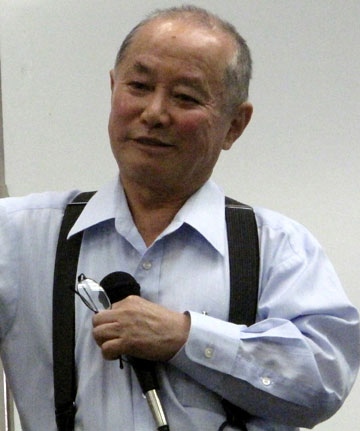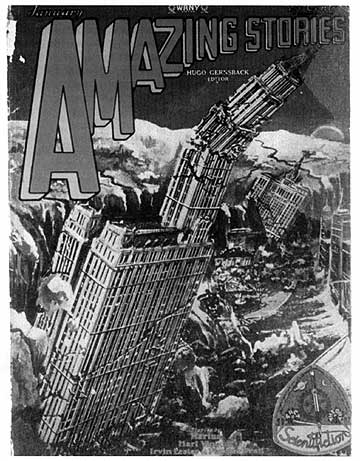 By NED ROZELL May 28, 2009
Akasofu, the former director of the University of Alaska Fairbanks' Geophysical Institute and International Arctic Research Center, was known as an aurora expert for most of his career. Now, people are citing his opinions on global warming. Rush Limbaugh and syndicated columnist Cal Thomas recently mentioned Akasofu, who thinks it's likely that the planet will cool down until about 2030, and then warm slightly thereafter. That notion is contrary to the prediction of steadily increasing warmth made by members of the Intergovernmental Panel on Climate Change. Unlike those scientists, Akasofu thinks natural forces affect climate much more than carbon dioxide, which warms the globe by trapping heat.
Akasofu, who gave a recent presentation on his ideas in Fairbanks, bases his cooling prediction on his studies of climate records that go back several centuries, such as the breakup date of a lake in Japan that people have documented since the 1400s. He looks back to the distant past to try to see patterns of natural changes that have been occurring before levels of carbon dioxide in Earth's atmosphere began skyrocketing after World War II. When he looks at long-term climate records, Akasofu sees a consistent warming since about 1800. For him, it's as simple as drawing a straight line through the ups and downs of global temperature from 1800 to 2000. "This is why glaciers have been melting since about 1800," he said. "Because the planet is still warming up from the Little Ice Age (a cold period from about 1400 to 1800). "The IPCC paid attention to only the latest temperature rise, from 1975 to 2000," Akasofu said. "This is what I call 'instant climatology.' They didn't look at the Little Ice Age. There's no excuse for that." Akasofu has a similar critique
of scientists who compare photos of glaciers that have shrunken
in the last decades-that it's too brief a look at Earth's climate.
Akasofu said that we have just
crested the top of one of the warm peaks. He predicts that the
average global temperature will continue to drop until about
2030. Akasofu is no stranger to the
role of contrarian. He has followed gut feelings throughout his
career, such as the time he looked beyond an accepted idea about
the aurora and came up with the theory of the aurora substorm,
when the aurora bursts with activity more than once each night.
University of Alaska Fairbanks, in cooperation with the UAF research community. Ned Rozell [nrozell@gi.alaska.edu] is a science writer at the institute. Publish A Letter in SitNews Read Letters/Opinions
|
||

